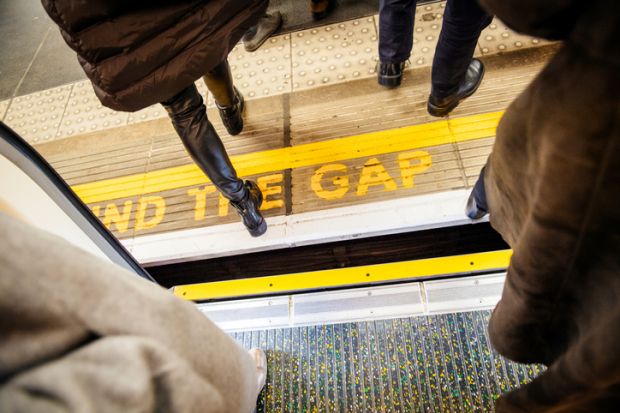The gap in entry rates to higher education between London and the rest of the UK has grown to record levels, new figures show.
The growing gulf is thought to reflect improved levels of educational attainment from ethnic minorities in the capital.
UCAS End of Cycle data show the overall entry rate for 18-year-olds across the UK is 37.5 per cent in 2022 – down slightly from 38.3 per cent in 2021, but the second highest since comparable records began in 2006.
At 51.6 per cent, London’s entry rate rose for the 10th year in a row, and was the only region to see an increase, while Scotland’s fell to just 30.1 per cent.
The gap of 21.5 percentage points is the highest on record and more than double what it was just a decade ago.
Even when Scotland, which has a smaller proportion of higher education institutions recorded, is excluded, the gap between London and the rest of the UK is still greater than ever.
However, London has not always performed better than other parts of the UK, Sandra McNally, professor of economics at the University of Surrey, told Times Higher Education.
It has held top spot since 2014, but Northern Ireland had the highest entry rates between 2006 and 2013 – although it now sits a distant second, with an entry rate of 40.6 per cent.
This is compared to an entry rate across England of 38.4 per cent, 32.4 per cent in Wales, and 30.1 in Scotland.
Professor McNally, who is also director of the education and skills programme at the London School of Economics, said the higher rate in London reflects better GCSE grades, which are one of the important drivers of performance.
“The reasons are debated but are thought to relate to the ethnic mix in London, with ethnic minorities – on average – performing better in education as they progress through the system,” she said.
Along with potentially relative improvements of the educational quality of London schools, this is the most important reason for regional inequality, she added.
The recent Deaton review of educational inequalities by the IFS found a strong relationship between GCSE attainment and progression to higher education.
The north-east was the lowest performing region in England for a second year in a row, with an entry rate of 31.4 per cent.
“To reduce the gaps, improving educational attainment at school would be the most effective thing one could do to reduce gaps,” said Professor McNally, although she admitted this is not straightforward.
“But one very big issue is investment in education. If children are to do well at school and go on to higher education, their schools must be properly resourced and sadly this is not happening to the extent necessary at the moment.”
The Ucas figures also showed a record 32,420 students from disadvantaged backgrounds secured places – a 5 per cent rise from 2021.
Register to continue
Why register?
- Registration is free and only takes a moment
- Once registered, you can read 3 articles a month
- Sign up for our newsletter
Subscribe
Or subscribe for unlimited access to:
- Unlimited access to news, views, insights & reviews
- Digital editions
- Digital access to THE’s university and college rankings analysis
Already registered or a current subscriber? Login








